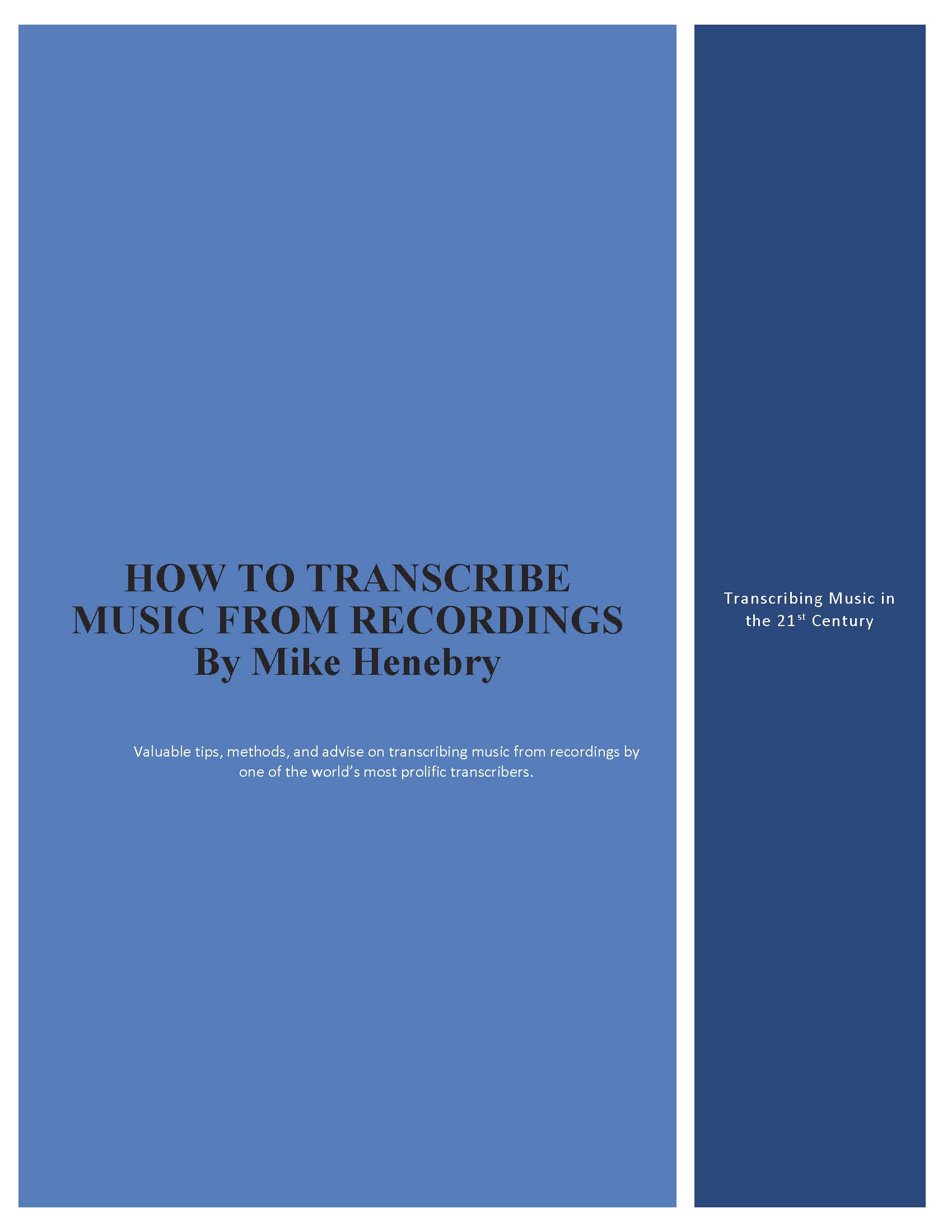

If you’re not sure of what you’re hearing, go for the bass note first, and then try to figure out if what you hear is major or minor.
HOW TO TRANSCRIBE MUSIC HOW TO
Even if you don’t know the name of the chord, you can still figure out how to play it on your instrument. This could be tricky if your music theory knowledge is limited however, that’s no reason to not go for it. This way I can keep track of whenever those notes are happening without having to memorize the tune (I use this a lot for transcribing anime openings, since those melodies can be super syncopated). I tap them one at a time while counting “1-e-&-a 2-e-&-a” etc. My index is the first sixteenth note, the middle is the 2nd, ring is the 3rd, and the pinkie is the 4th. Each of my fingers represents a subdivision of sixteenth notes. If a melody is very syncopated, I tap my four fingers to figure it out. Sometimes those melodies have tricky rhythms, so here’s a silly little tool I use.

So if you haven’t practiced your scales using solfege, start now and apply it to your transcribing! Solfege is a really great tool for this! If you learn to hear what “sol” is in the key you’re in, you’ll be able to simply recognize that you’re hearing a fourth or a fifth without even thinking about it in those terms. Listen for those major thirds and perfect fifths. It’s much easier to hear the relationship between the notes rather than trying to guess if that’s an “A” or a “G”. Get that first note down and start listening for those intervals. Melodies are the easiest starting point since it’s the most memorable part of the tune. You can always double-check later.Īlso, I recommend starting with one of these musical aspects: That way you can still have something visual with that MIDI roll.ĭon’t worry about getting it perfect right away just focus on getting a line down. If you don’t know music notation, use your DAW to record yourself. (and 8-Bit Music Theory has a great version!) Of course Sibelius, Finale, and Musescore are awesome resources, too. This is a very high-quality notebook that is super friendly for any kind of music study or writing. If you’re using staff paper, I recommend The Musician’s Notebook. Keyboard is a little easier since you can just push down a button with one finger. Use your instrument, too (keyboard or guitar would be best). Your body is your best tool to figuring out those notes and rhythms. Be ready to use that eraser or delete button. I once had a college professor tell me that the composer's best tool is the eraser this applies to transcribing as well. After that, accept that you will make mistakes. Most likely, you’ll pick a tune in a simple time signature and won’t need to do too many key changes. Figure out the time and key signatures of the tune first.


 0 kommentar(er)
0 kommentar(er)
